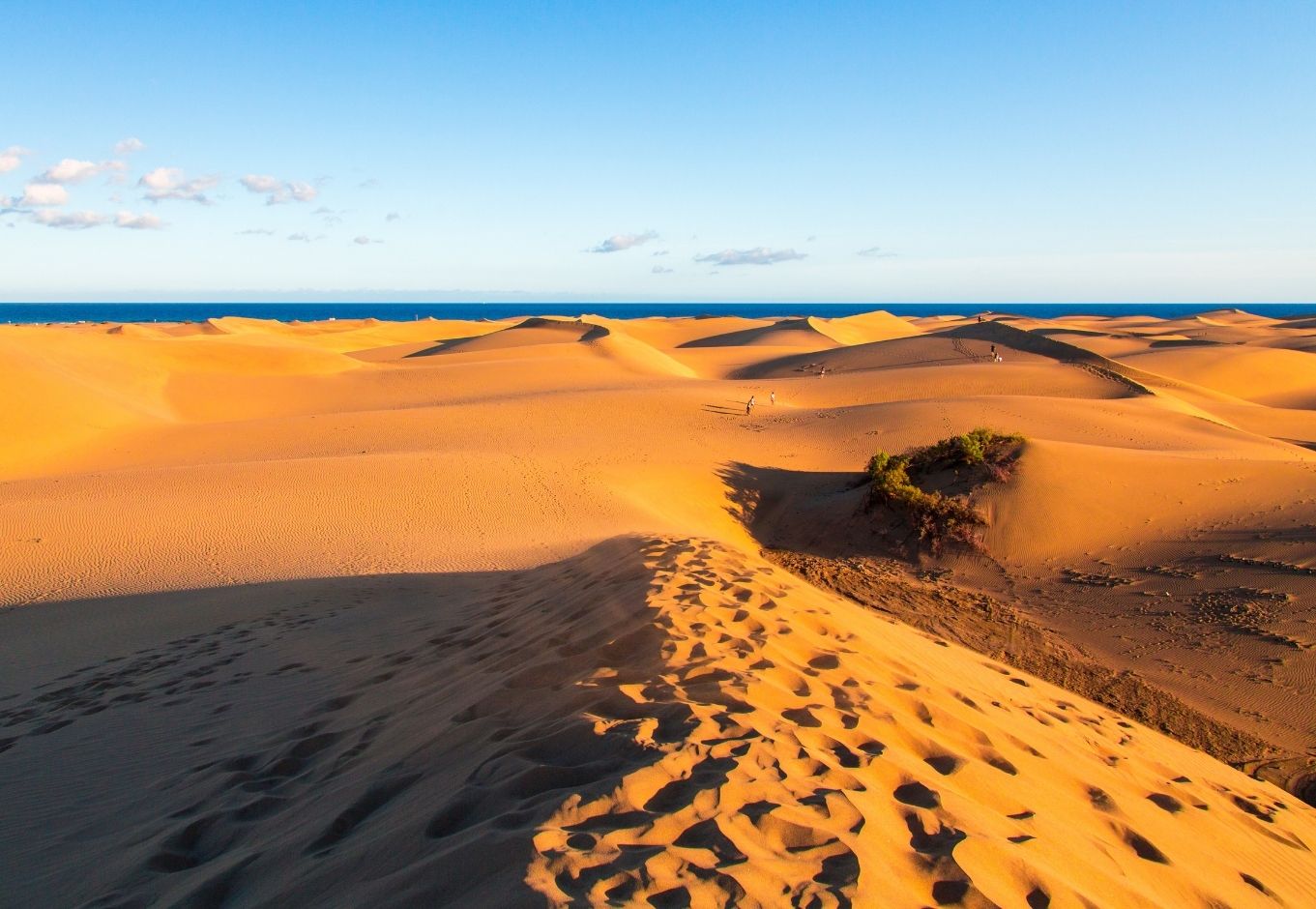.jpg)
Between the Mist and the Sand: Tamadaba and Maspalomas, the Extremes of Gran Canaria
In the heart of the Atlantic, Gran Canaria may appear small on a map, but within it lie opposing worlds. In the north, the mist of Tamadaba nurtures a forest that has endured since prehistoric times. In the south, the Maspalomas dunes ripple under the wind, a coastal desert in constant flux. These two ecosystems, separated by kilometers yet connected by the island’s natural dynamics, stand as testaments to life’s ability to thrive even in the most extreme environments.
Tamadaba: The Legacy of the Laurisilva
In the early morning, the Tamadaba forest is enveloped in a silence broken only by the distant songs of birds. Here, the laurel forest—a remnant of the subtropical woodlands that once covered Europe millions of years ago—clings to steep slopes and deep ravines. This ecosystem, designated as a Natural Park, serves as one of Gran Canaria’s green lungs, relying on a key phenomenon: the trade winds.
When clouds collide with the mountains of Tamadaba, water condenses on the leaves of trees, nourishing the soil and underground aquifers. This process, known as "horizontal precipitation," is the foundation of life here. Among the highlights of this landscape is the Canary Island pine (Pinus canariensis), an endemic species that has developed remarkable resistance to fire. Its cones only release seeds after exposure to extreme heat, allowing the forest to regenerate even after devastating wildfires.
At the heights of Tamadaba, ospreys find refuge on inaccessible cliffs, while migratory birds like the pallid swift cross the ocean to rest in these lands. This forest not only hosts a unique richness of life but also embodies nature’s extraordinary ability to adapt and recover in the face of extreme conditions.

Maspalomas: Where the Desert Meets the Sea
More than 60 kilometers to the south, the landscape changes dramatically. The Maspalomas Dunes—a vast expanse of golden sand—stretch alongside the coast. Though they may appear to be a barren desert, the dunes are teeming with life. Their sand, formed by the erosion of marine shells and carried by the wind, is in a constant state of transformation. This perpetual motion is the essence of Maspalomas.
At dawn, elongated shadows create patterns across the dunes, while small lizards dart between plants that manage to survive in such a harsh environment. Among the most resilient is Traganum moquinii, known locally as "balancón," a plant that stabilizes the terrain and creates microhabitats where other species can thrive.
The heart of this ecosystem is the Charca de Maspalomas, a freshwater lagoon fed by underground currents and protected as a natural reserve. During migrations, birds such as whimbrels and elegant little egrets pause here, turning this oasis into a vital point for regional biodiversity.
The Invisible Connection
Though Tamadaba and Maspalomas may seem like separate worlds, they are interconnected by Gran Canaria’s delicate natural balance. The mountains of Tamadaba capture moisture that feeds the island’s underground aquifers, while winds blowing from the Sahara shape the dunes in the south. Both ecosystems depend on processes that transcend geographical boundaries, illustrating how every corner of the island is interlinked.
Exploring Gran Canaria is like traveling through time and across landscapes. Tamadaba and Maspalomas not only represent the extremes of this island but also its ability to host a diversity rarely found in such a small territory.
In each of these places, nature tells stories of adaptation, survival, and transformation, reminding us that even the most extreme contrasts often share common roots.











































